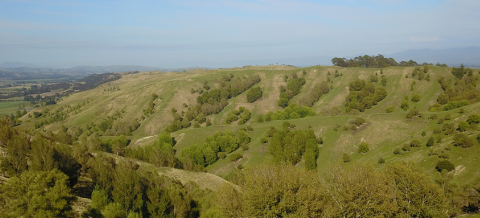Search results
Displaying 211 - 220 results of 1122
- External resource… Fertiliser use on New Zealand sheep and beef farms – Fertiliser Association …
- Video… The Marlborough Sheep & Beef Farmer of the Year public field … Day – Barry Brook on Governance (Marlborough Sheep & Beef Farmer of the Year) …
- News… Independent research has found New Zealand’s sheep and beef farms are already close to … New Zealand sheep and beef farms close to being carbon …

- News… An analysis of Wairoa, where 8,486 hectares of sheep and beef farmland has, or is in the … provides fewer jobs in rural communities than sheep and beef farms. Rural consultancy … huge risks of unintended consequences from poorly designed policy and emissions targets, …

- Resource book… contents session 1 getting know excel 1 case study 1 getting started excel 1 session 2 next … know excel case study james jane hunter run sheep beef farm east coast north island 2600 … know excel case study james jane hunter run sheep beef farm east coast north island 2600 …
- Factsheet… makes good economic sense damage soil from poor grazing management winter crops impact … factsheets made possible sheep beef farmer investment industry beef … 5 6 7 8 back fence regularly backfence sheep cattle off previously grazed breaks help …
- News… “The Government’s modelling showed that sheep and beef farmers would bear the brunt of … from day one. This is a key priority area for sheep and beef farmers. Another area … proposal will significantly disadvantage sheep and beef farmers, as around 79 percent …

- News… sales into carbon farming, We still need your sheep poo, Applications open for 2026 Kellogg … Submissions open for measuring methane in sheep, Movement controls for TB (Otago only) …

- Other PDF… information 3 objectives 4 methodology 4 study design 4 sample size determination4 … smartworm reduce use anthelmintics under sheep farming conditions follows pilot study … smartworm may highlight some animals have poor performance due factors other than …
- News… farming family has diversified their sheep and beef business to generate a return …
